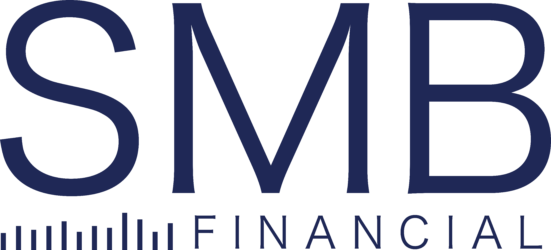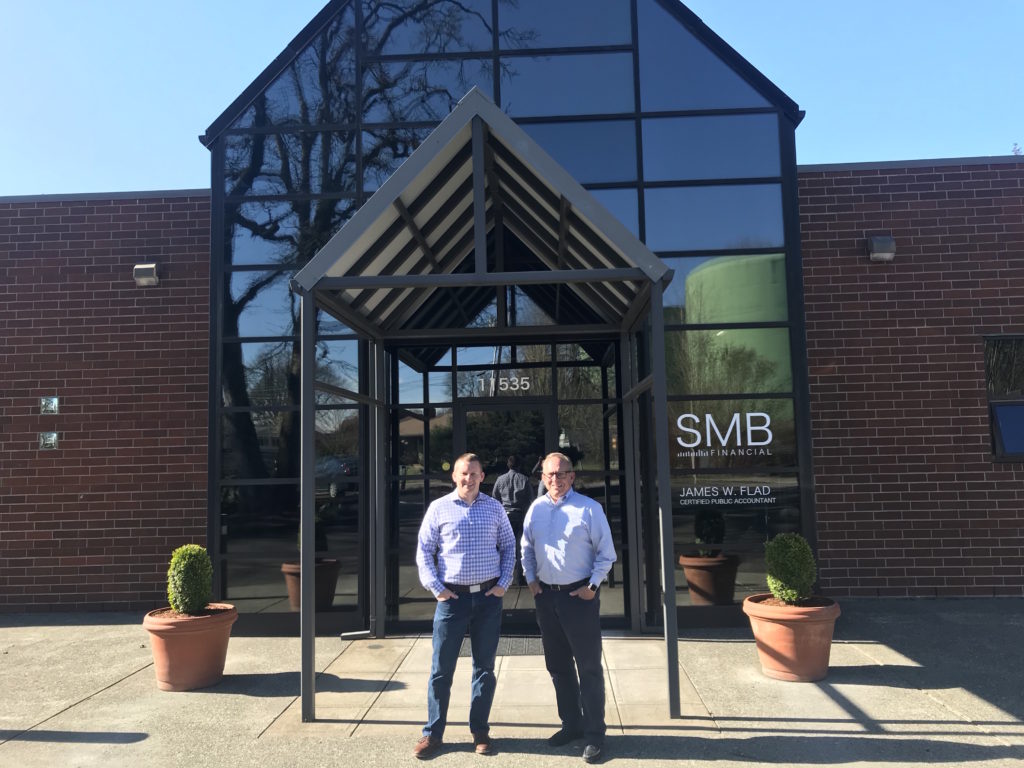Another doosey in the stock market yesterday. Trade war fears based on the steel and aluminum tariffs are creating anxiety in stocks. The Dow dropped 1100 points in two days and is now down over 10% from its highs.
The fear is tit-for-tat escalation between the two largest economies in the world – China and the US – will slow down a growing global economy. Barclays reports that a trade war will drown out the positive impact of the tax cuts coming this year. Others are optimistic that the tough stance on China will be watered down, similar to the way the tariffs were scaled back after they were announced.
In looking through history we’ve found examples of numerous tariffs enacted and removed a short time later. To the right is a picture of Senators announcing the Smoot-Hawley Tariff Act of 1930, which added tariffs to 20,000 imported goods. Historians believe these exacerbated the Great Depression. These tariffs were repealed in 1934. In 2002 President Bush enacted a tariff of up to 30% on certain steel products and then abandoned the tariffs a year later in 2003.

We believe these stock movements are short term and the tariffs will either be scaled back or eliminated when Trump leaves office, if not before. So then once again, this is time for action, not anxiety.
Thursday we took advantage of this drop by buying Anthem ANTM, a heath provider serving 40 million clients in the growth accounts. Friday, we bought for the moderate clients the SPDR Portfolio Stock Market ETF SPTM. This fund approximates the S&P 500 and will benefit when the emotion dies down in the market.
Income Portfolio – Funds vs Individual Positions
Over the last few years we’ve wanted to sell some individual positions – like stocks and bonds – and move into more funds in the Income Portfolio. We’ve wanted to do this to increase diversification and participate in more growth. We’ve taken a gradual approach to this only adding a few funds, however, now that the Dow is down now over 10% from its highs, it’s a better time to make the switch.
Below is what we consider to be the Pros and Con of adding funds to that portfolio.
| Pros:
Increased Diversification Better Growth Potential Simplification – 15 Funds vs 30 Individual Positions Managers With Economies of Scale Fewer Positions Means Less Trading Costs |
Con: Adding Small Internal Fund Cost
|
As you may have noticed in your mailbox, the trading has already begun. We anticipate more trades over the next weeks and months to finish making the transition. Once we finish this move, we should be in a better position to capitalize on future growth while also keeping volatility down with a larger fixed-income bond allocation.
Thanks for reading. Please call us if you’re having anxiety about the accounts and need a pep talk.
-Tim Porter, CFP®







 Five stressful minutes later I found one random person on Twitter who said it was an error, and then 38 more stressful minutes later it was confirmed …False Alarm. Thank God!
Five stressful minutes later I found one random person on Twitter who said it was an error, and then 38 more stressful minutes later it was confirmed …False Alarm. Thank God!




 news is no one was hurt. The bad news is it will put a dent in their earnings for the next six weeks while they fix their main conveyer system (pictured).
news is no one was hurt. The bad news is it will put a dent in their earnings for the next six weeks while they fix their main conveyer system (pictured). The warming trend will only produce 4% less snow days in our country over the next decade, but it will likely bring more volatile winters. This has been proven recently with record snowfall like they saw back East in 2014 and some of the warmest winters most the country experienced the last two years.
The warming trend will only produce 4% less snow days in our country over the next decade, but it will likely bring more volatile winters. This has been proven recently with record snowfall like they saw back East in 2014 and some of the warmest winters most the country experienced the last two years.
